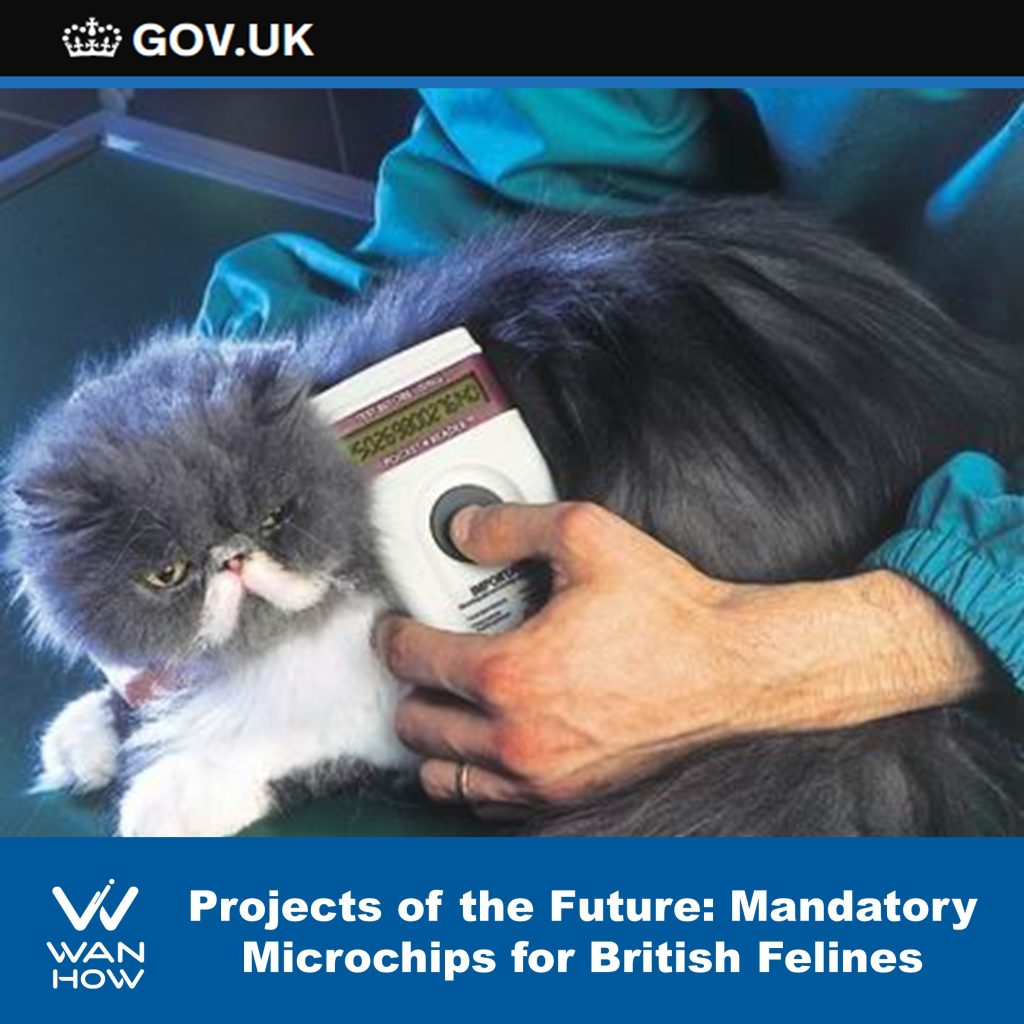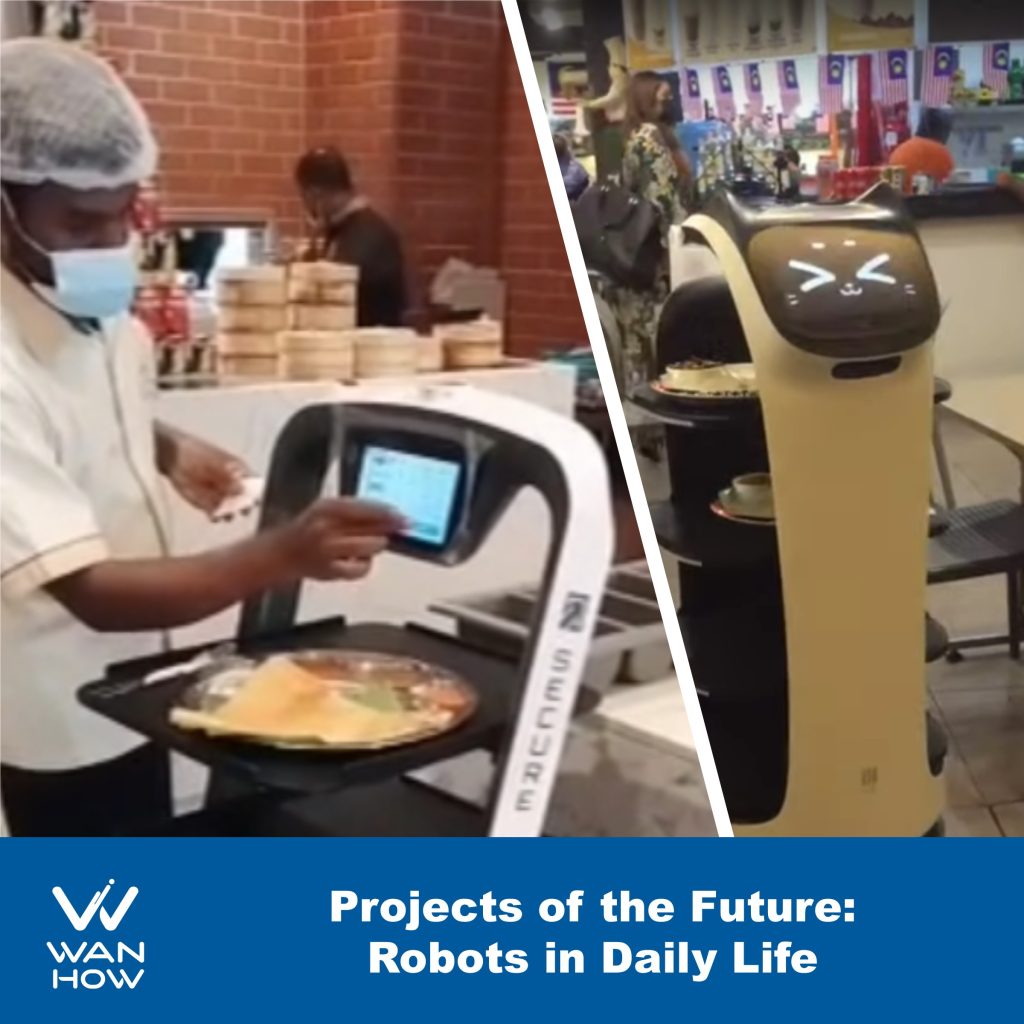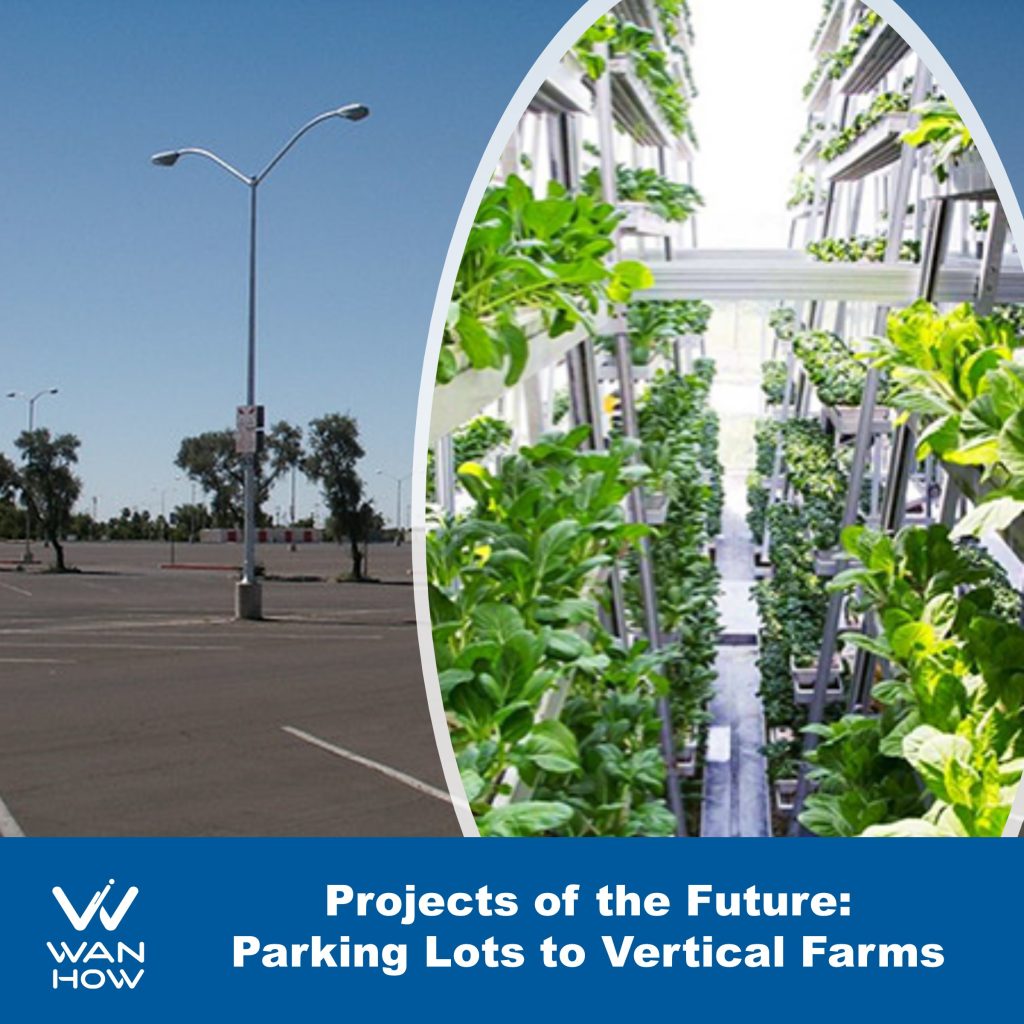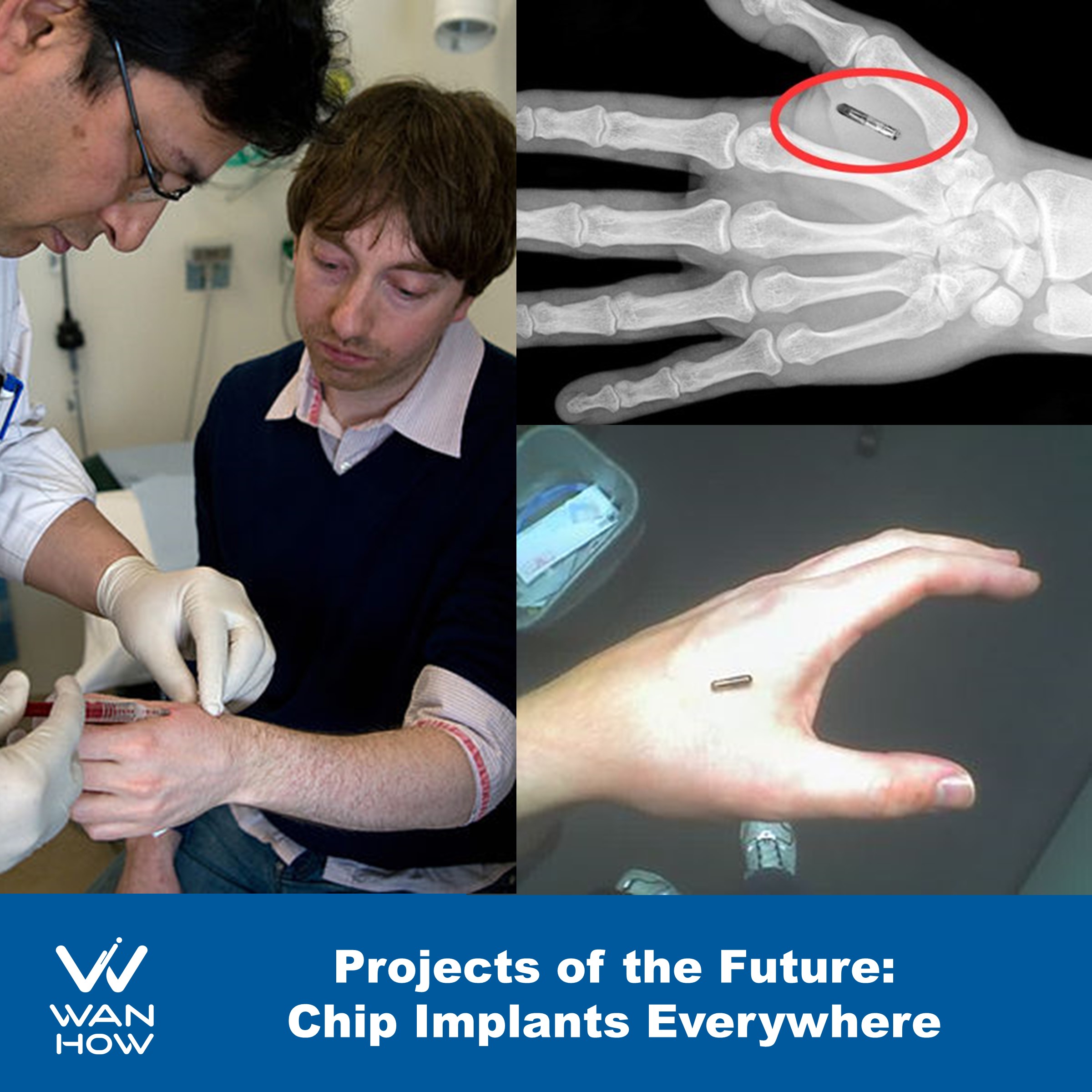As 2021 draws to a close, many will be looking back at a difficult year. We have had difficult years before and humanity has always been resilient to overcome challenges. So, I would like to explore what the future looks like. To do this, I hung out with some futurists to find out some key trends leading to 2041.
Imagine living in a 50-storey tower. You go to work by logging into your computer; your children attend school online. The parking lots are empty of cars. Instead, they are filled with food. When it’s time for lunch, you go into the elevator to the upper floor and pick some fresh produce.
Before you think this is too far-fetched, take a quick glance into the rearview mirror:
- There was no iPhone 15 years ago.
- 11 years ago, we rented video tapes to watch movies at home.
- Working remotely was not normal 2 years ago.
Children today wonder:
- Why do we “dial” a phone?
- Why do we “rewind” a video?
- What was the world like before the internet?
And are you finding it harder to buy a printed copy of a newspaper?
The Future Has Already Arrived
2041 has already arrived–not uniformly throughout the world but unevenly, in small pockets, arriving at different speeds.
Forget keys, leave your credit card at home, no passport, no problem. Everything you need to open a door, buy food, get into an event, and travel is embedded in your hand.
This envisioned future is already here in Sweden. More than 4000 Swedes have microchipped themselves to speed up their daily routines and make their lives more convenient:
- Accessing homes, offices, gyms with a wave of a hand against a digital reader
- Storing emergency contact details, social media profiles
- E-tickets for events and rail travel are always in hand
Now, with proof of double vaccination status required at events, Swedes are adding their COVID certificate data into their chips.

Mandatory Microchips for British Cats
The UK government made cat microchipping mandatory in a press release on December 4, 2021. According to a government consultation, 99% of people support compulsory microchipping for cats. Microchipping cats will help reunite thousands of lost or stray pets every year.
Microchipping is a straightforward process of inserting a small chip with a unique serial number under a cat’s skin. This number can be read by a scanner and used to search a microchip database to reunite lost pets with their registered owners.
Eight million pet cats in the UK have already been microchipped. With this new legislation, 2.8 million owners have to microchip their cats before they reach 20 weeks old or face a fine of up to £500.

Our Robotic Future Now
In the midst of COVID, many eateries find it hard to employ staff due to safety concerns. Initially, restaurant closures, temporary and permanent, resulted in staff being laid off. When restrictions were lifted, it was hard to fill those vacant positions. Potential workers could be hesitant to take up these front-line jobs due to safety concerns. Enter the robot helper who helps deliver food to customers. Watch the video to see how it has been deployed in the developing world (link in comments below).
If you combine several technologies, you could have a dine-in experience with no human contact with wait staff.
- Find an empty table.
- Place your order and pay online. This could be done with your cellphone, entering your table number. Decades ago, some McDonald’s restaurants had phones on their tables for ordering.
- The robot delivers your food.
Other emerging uses of robots (see links in comments):
- The iPad Receptionist for Contactless Visitor Check-ins: This self-service technology for visitors to check-in and out of offices, print their own visitor badges, and notify their host has been available for several years and I have used it myself.
- A Japanese department store pilot tested a robot receptionist in 2015!
- Twenty years into the future, the trend of increasing mental health issues continues with more people feeling lonely. Enter the family companion robot to help and support us:
As a project professional preparing for the future, learn about and choose projects that involve robotics.

With only 1% of land dedicated to farming, Singapore aims to grow 30% of its own food and is investing $63M to make it happen (see this video snippet).
Middle eastern countries are seeking innovate solutions to meet the challenge of food security:
Recent floods in British Columbia caused temporary shortages of dairy supplies in affected areas.
- https://www.reuters.com/markets/commodities/panicked-shoppers-clear-out-grocery-stores-flood-hit-british-columbia-2021-11-18/
- https://financialpost.com/news/economy/we-need-people-to-keep-their-head-grocers-suppliers-struggle-to-refill-empty-shelves-in-flooded-b-c
Amid this challenge lies opportunity. Innovative senior program and project managers have left electric vehicle companies like Tesla to join vertical farming startups where data scientists, systems engineers, automation engineers, software engineers, product, program, and project managers are all in demand. Forward thinking professionals are skating to where the puck will be.
Are you working on a project of the future or a project of the past? For help to advance your project management career, visit https://wanhow.com
Sources
- https://www.npr.org/2018/10/22/658808705/thousands-of-swedes-are-inserting-microchips-under-their-skin
- https://www.bizpacreview.com/2021/12/01/sweden-to-require-proof-of-vaccine-status-at-certain-events-some-are-opting-for-embedded-chip-in-hand-1170081/
- https://quantumtechhd.com/blog/2020/05/13/sweden-inserts-microchips-into-humans/
- https://www.gov.uk/government/news/cat-microchipping-to-be-made-mandatory

